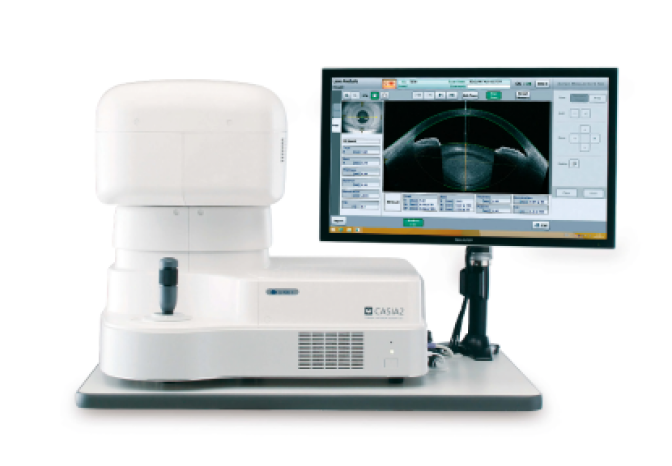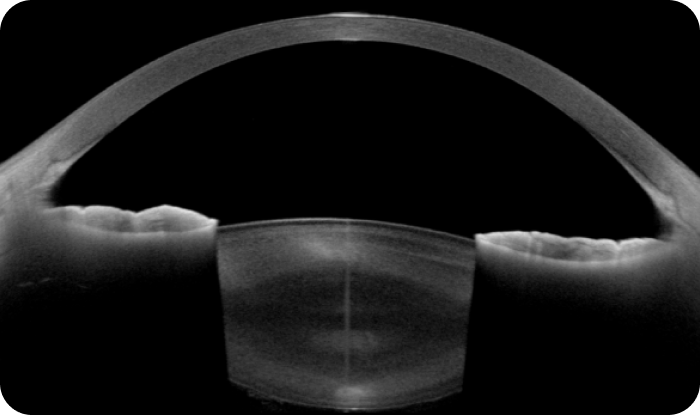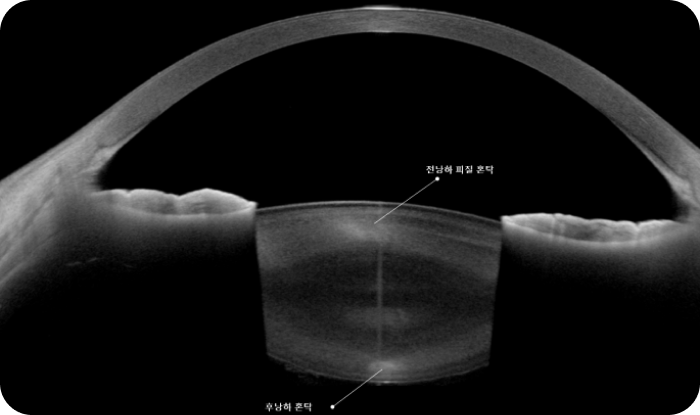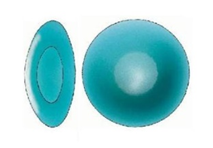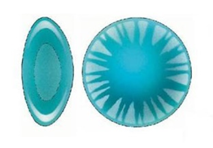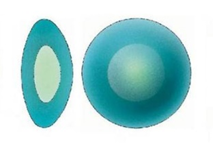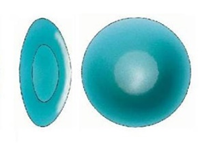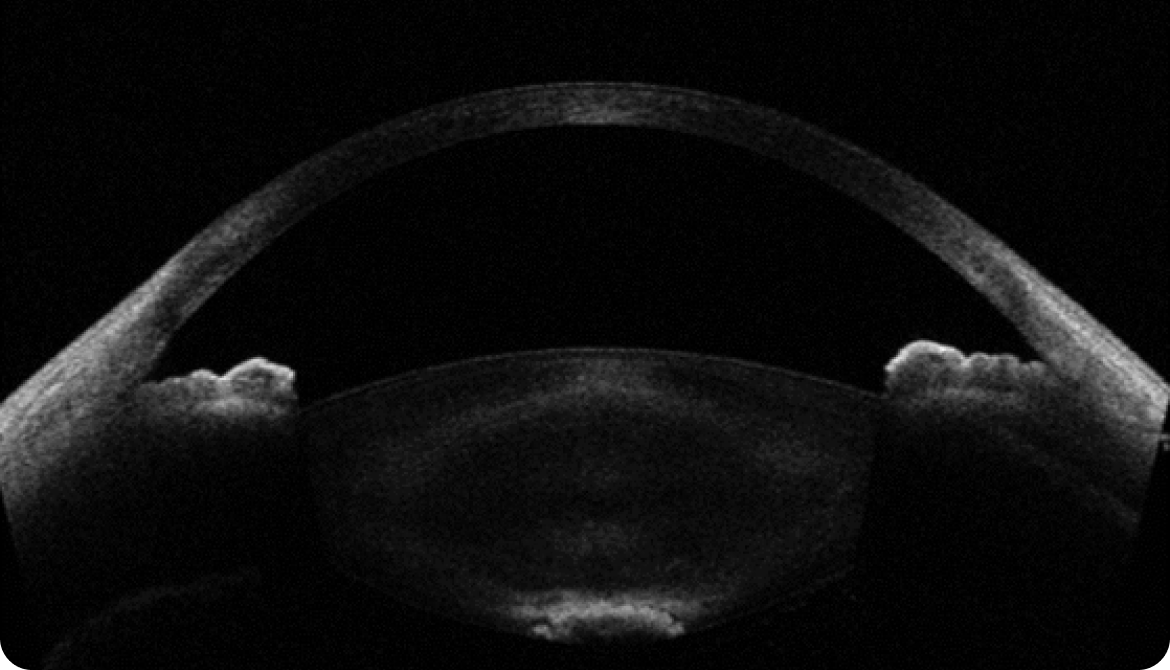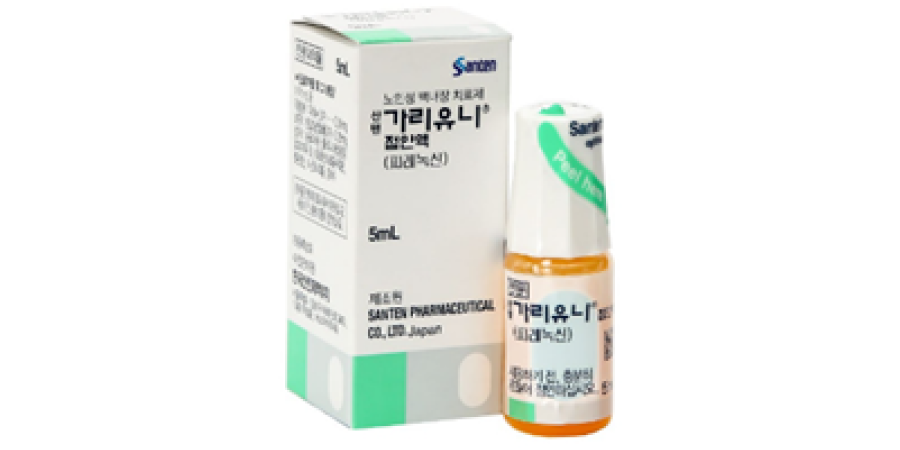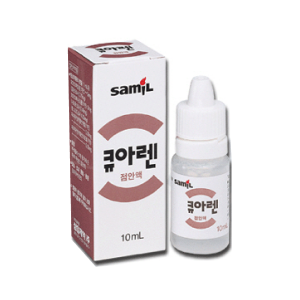Is it Cataracts, Presbyopia, or Just Dry Eyes?
Optical Precision Diagnosis of Early Symptoms Due to Cataracts
2. < The cataract diagnostic method of i-Trace prime, which tracks the light rays (Vision Ray) entering the eye all the way to show the patient's discomfort accurately.>
The i-Trace, a patented product from the American company Tracey, is a cutting-edge wavefront aberration analyzer that uses Ray-Tracing technology. It combines six measurement devices—wavefront aberration measurement, corneal topography, autorefractor, automated keratometer, pupil size measurement, and tear film analyzer—into a single all-in-one device. This remarkable equipment can perform dozens of measurements that would typically require six separate machines, all within just one minute.
 <<i-trace>>
<<i-trace>>
The only device using Ray Tracing for wavefront analysis.
Utilizes a low-intensity (infrared, 785 nm wavelength) HeNe diode laser.
Sequential measurement of 256 rays in various shades.
-
256 rays are sequentially projected to various locations of the pupil.
-
Measures the deviation within the eye (the error distance between the expected arrival point on the retina and the actual arrival point).
-
1) Quantifies cataract opacity to provide objective evaluation.
-
2) Separates measurements of vision loss due to dry eyes and cataracts.
- 3) Instead of merely matching simple numbers for visual acuity measurements, it reproduces the actual visual phenomena experienced by patients, effectively depicting the quality of vision through graphical representation (such as the “E” letter simulation).
- 4) Quantifies the dysfunction of the lens caused by cataract (Dysfunctional Lens Index) and couples anatomical diagnosis of cataracts with functional diagnosis of vision loss, assisting in personalized surgical decision-making and outcome prediction.
- 5) Quantifying the tear layer examination scores allows for predictions regarding progression and potential impacts on cataract surgery, enabling a rational decision on the timing of the procedure and whether to utilize monofocal or multifocal lenses.
-
6) Measurements of coma and high-order aberrations, as well as low-order aberrations, provide critical data for assessing the suitability of premium cataract surgery (simultaneously correcting myopia, hyperopia, astigmatism, and presbyopia). The Alpha angle, which reflects the error between the visual axis and the intraocular lens axis, is evaluated alongside the determination of astigmatism axes that account for both corneal and intraocular astigmatism. Additionally, the light distribution patterns of multifocal lenses are analyzed. These comprehensive examination results are essential for selecting the most appropriate intraocular lens and guiding lens for optimal surgical outcomes.




< Figure 1 & 2 - Cases of Central Cortical Opacity Measured by i-Trace Prime >
The patient underwent LASIK surgery 20 years ago, with unaided vision now measuring approximately 0.5. Routine examinations revealed corneal opacities alongside myopic regression and dry eye symptoms. The cataract opacity was small and not severe, leading to a treatment plan that included only artificial tears. According to the i-Trace differential examination, the corneal area (CORNEA) scored 9.2/10, while the lens area (INTERNAL) scored 2.1/10, indicating that light scattering caused by the lens was the primary reason for the vision decline. Following cataract surgery, the patient regained vision of 1.0. This case illustrates anatomical opacities present in multiple locations, with their severity not correlating directly to the visual acuity. The special feature of i-Trace, which allows for the separation of measurements from the cornea, lens, and retina to assess each visual function, played a crucial role in this assessment through the "light scattering optical characteristic analysis."
















